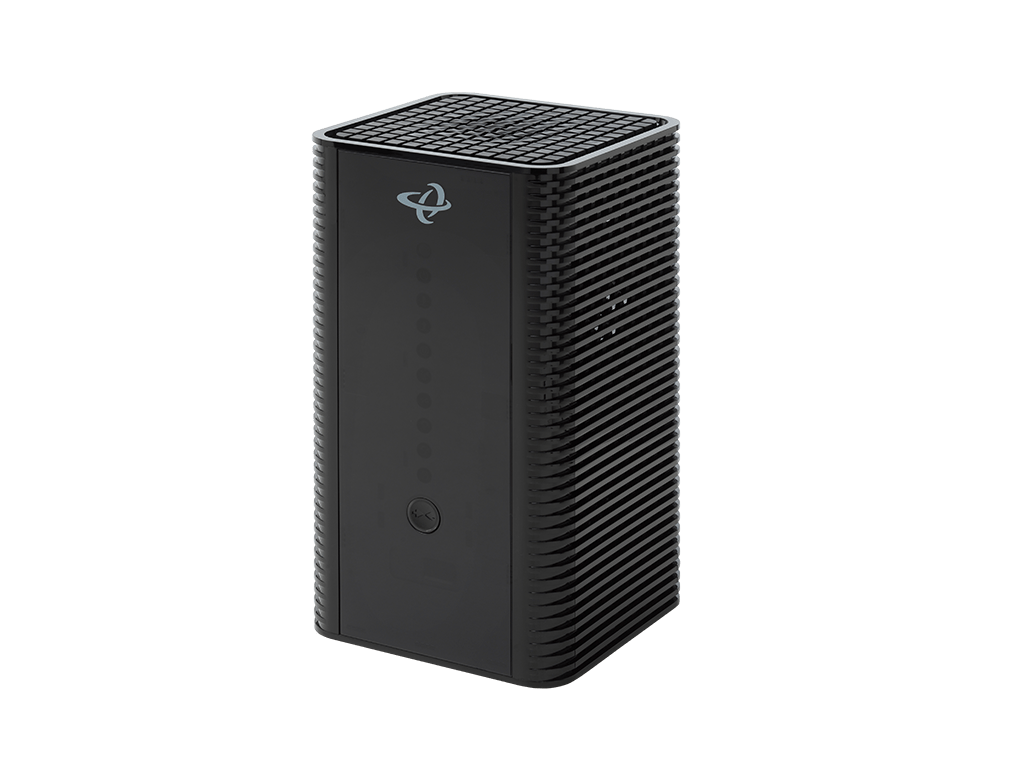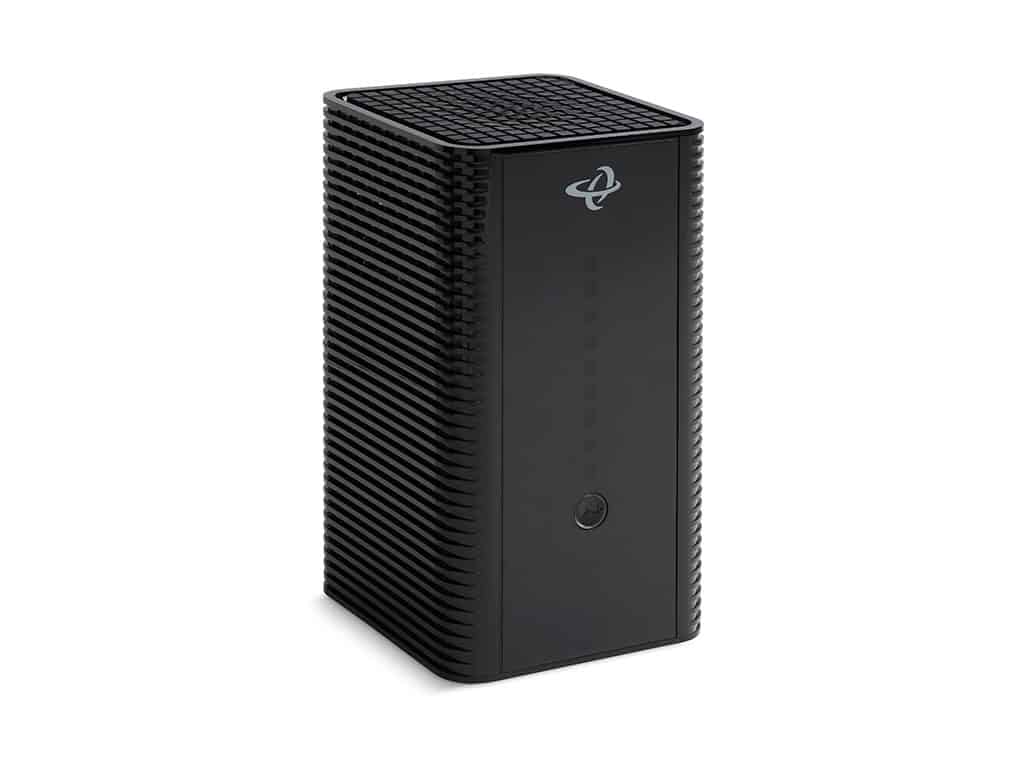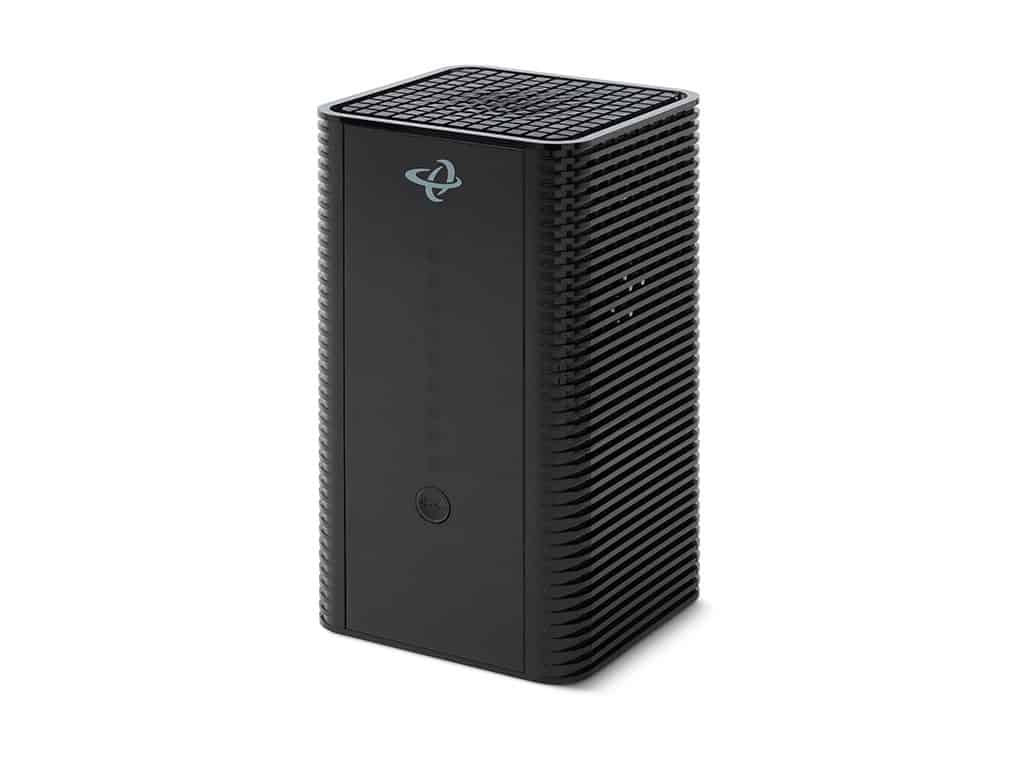DOCSIS 3.1 Cable Modem Router with 802.11ac WiFi
CODA-4680

Multi-Gigabit Speeds with DOCSIS 3.1
The CODA-4680 can receive 5 Gbps bidirectional based on 2xOFDM + 32 QAM over its DOCSIS 3.1 interface. This powerful gateway is an ideal solution for your higher tier multi-Gigabit service plans.
Software Switchable Return Path
The CODA-4680 is ready for 85MHz returns with a switchable return frequency (5-42MHz / 5-85MHz). As a result, you can seamlessly upgrade customers to higher-tier upstream speeds at any time.
DOCSIS 3.1 Certified
DOCSIS 3.1 takes Internet speeds to a new level, increasing the capacity of HFC networks by more than 50 percent and reducing latency. This means your customers can connect more devices, enjoy richer digital experiences, and get fast, reliable Internet service for all of today and tomorrow’s needs.
Blazing Fast 802.11ac Wave 2
You can be confident that the CODA-4680 will give your customers the wireless speeds and coverage they need for today and tomorrow’s applications. This powerful gateway supports 4×4 5 GHz 802.11ac Wave 2 dual-band concurrent MU-MIMO and 3×3 2.4 GHz 802.11n for enhanced coverage, fast speeds and rock solid reliability.
DOCSIS 3.0 Compatibility
Deploy the CODA-4680 on your DOCSIS 3.0 networks today and upgrade to DOCSIS 3.1. Since the CODA-4680 supports both DOCSIS 3.1 and 3.0, you won’t need to swap out customer hardware.
Four Gigabit Ethernet Ports
Four Gigabit Ethernet ports offer ultra-fast connections for wired clients.
Easy to Setup and Manage
The CODA-4680 is designed for ease of use. A built-in TFTP client obtains the IP address and configuration data from the network server automatically, so customers can get it up and running with just a few simple connections. WiFi security is pre-configured and pre-enabled thanks to WiFi Protected Setup (WPS). And SNMP, TR-069 and HNAP support enable complete remote control and management.
Key Specs
- DOCSIS 3.1 compliant
- DOCSIS 3.1 2×2 multi-carrier OFDM
- DOCSIS 3.0 32×8 channel bonding
- Switchable 5-42/5-85MHz Upstream
- Wi-Fi 3×3 2.4 GHz 802.11n and 4×4 5 GHz 802.11ac Wave 2 dual band MU-MIMO
- One USB 3.0 host, supporting Network Attached Storage (NAS) functionality
- Integrated DLNA Media Server with support for video, audio and image serving
- Extensive operator control via configuration file and SNMP
- TR-069 and HNAP for easy setup and remote management
Learn More about Cable Modems & Routers
802.11ac vs 802.11ax: Which is Better?
802.11ac and 802.11ax are different wireless (WiFi) technology standards that are present in WiFi routers or gateways. WiFi and Internet capabilities are constantly evolving. Up until 2019, the most common wireless standard called for 802.11ac, also referred to as...
How Do I Choose a Modem and a Router?
There are many cable modem and router resources and buying guides out there. We even have a bunch of resources for you covering topics like: What a cable modem is and how it works. What even is a router? How to decide whether to buy or rent your devices. Should you...
What is a Modem?
To get technical, modem stands for modulator-demodulator. However, everyone calls it a modem. A modem is a hardware device that you get when you set Internet up in your home. If you rent from an Internet service provider (ISP) they will provide the device for you....
Cable Modems Explained: MoCA Immunity Filter
MoCA technology is used by your Cable Internet Provider to deliver Internet signals in your home or apartment via your existing coaxial TV wiring. MoCA technology forms a MoCA network within your home, talking with your MoCA-enabled devices to deliver your Internet...
Do Cable Modems Need a Router?
Do Cable modems need a router? While your cable modem doesn’t need a router to deliver an Internet connection, the addition of a router offers the benefits of a WiFi connection and adds flexibility to your home network. Your home network is only as good as the...
Other Products to Consider
WiFi
Wired LAN
Modem not working?
Easily troubleshoot your Internet connection using this simple coax testing tool.
Instantly test your coax wiring and outlets for the presence of valid Internet signals from your Cable Internet provider.

